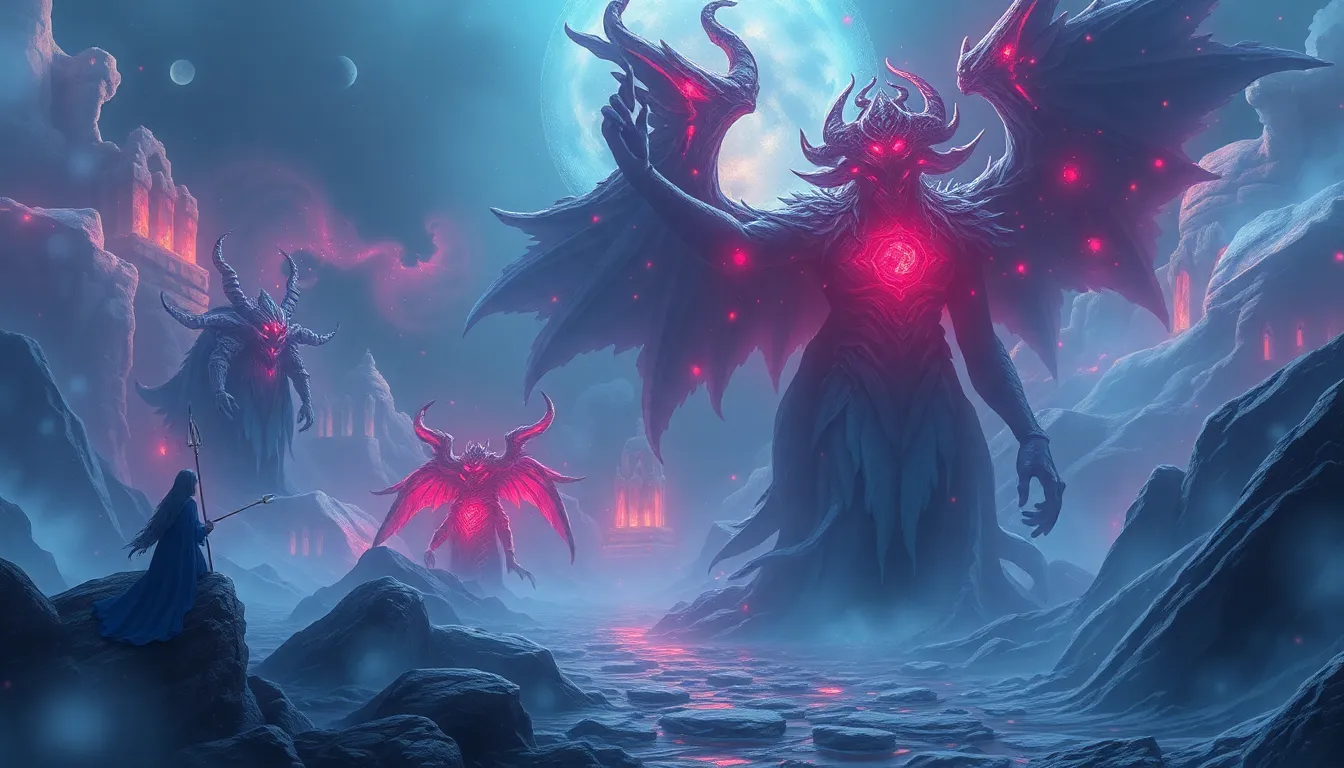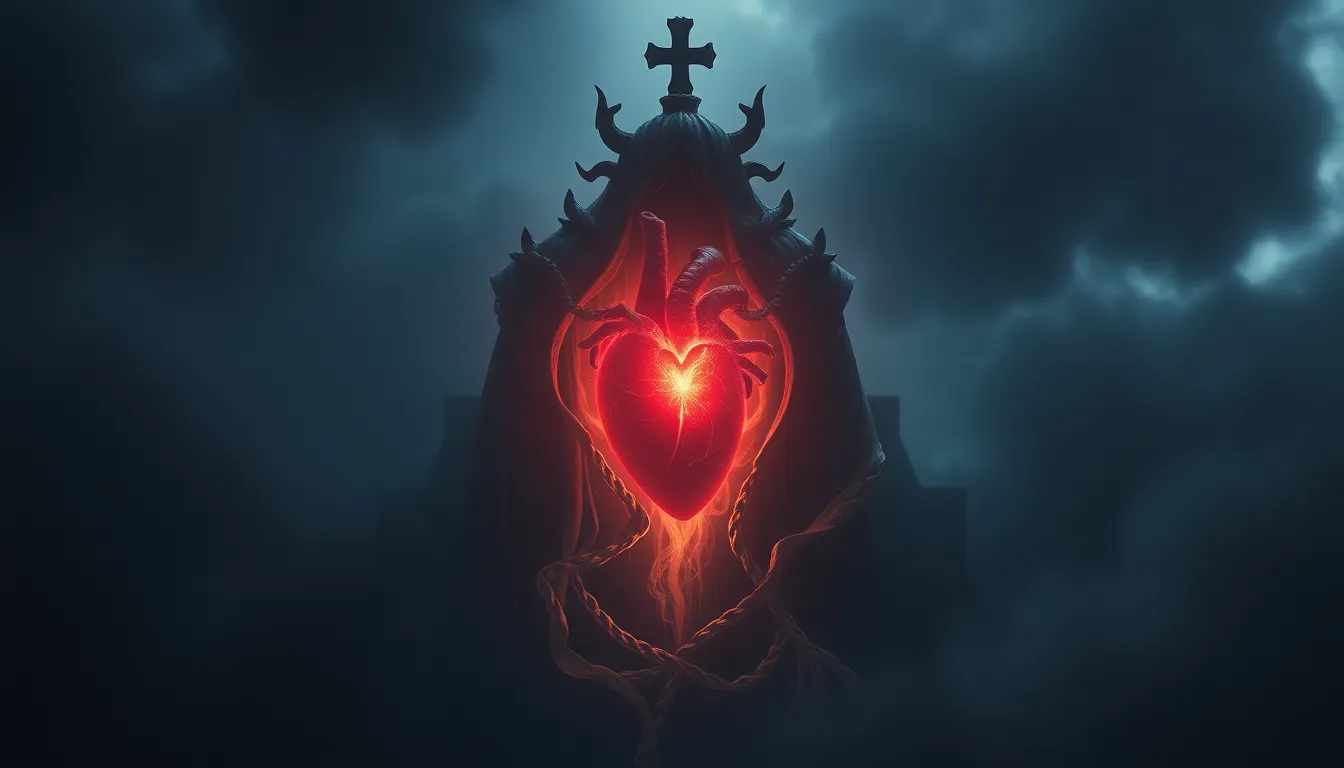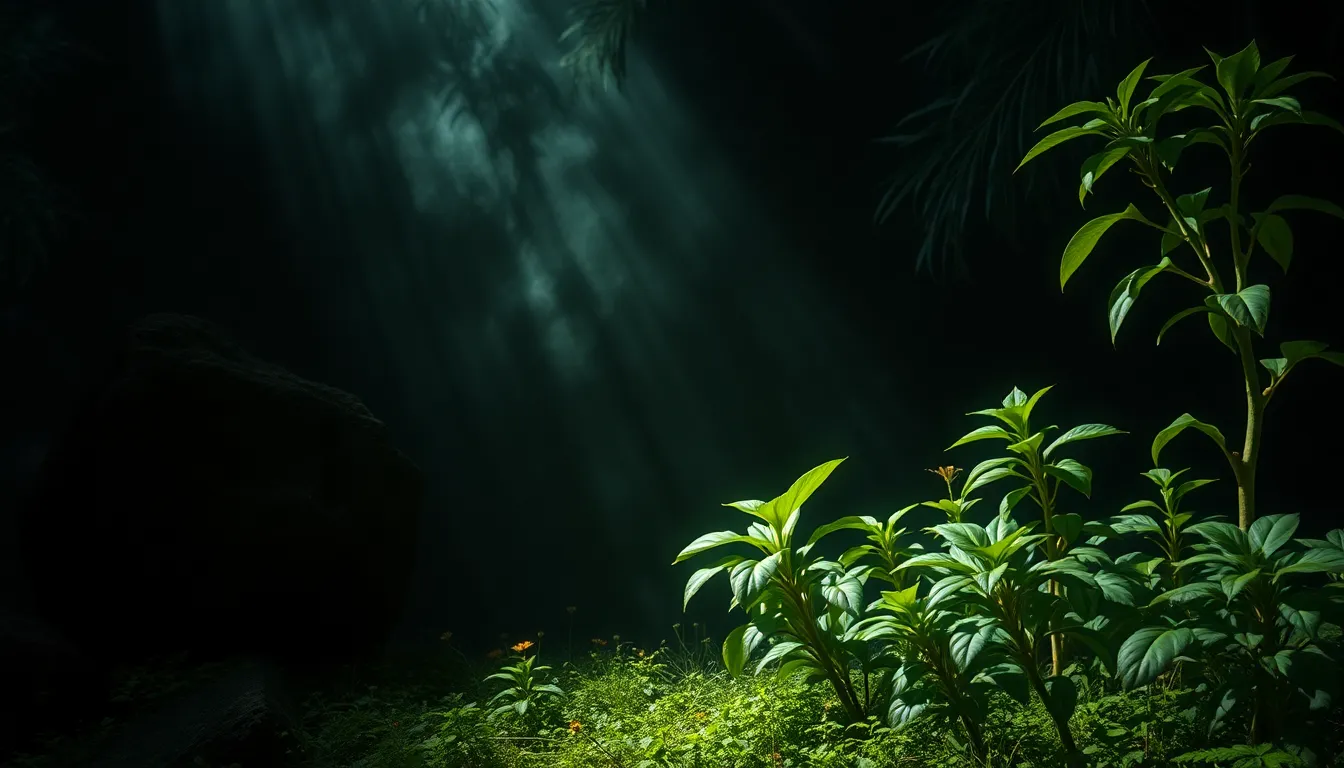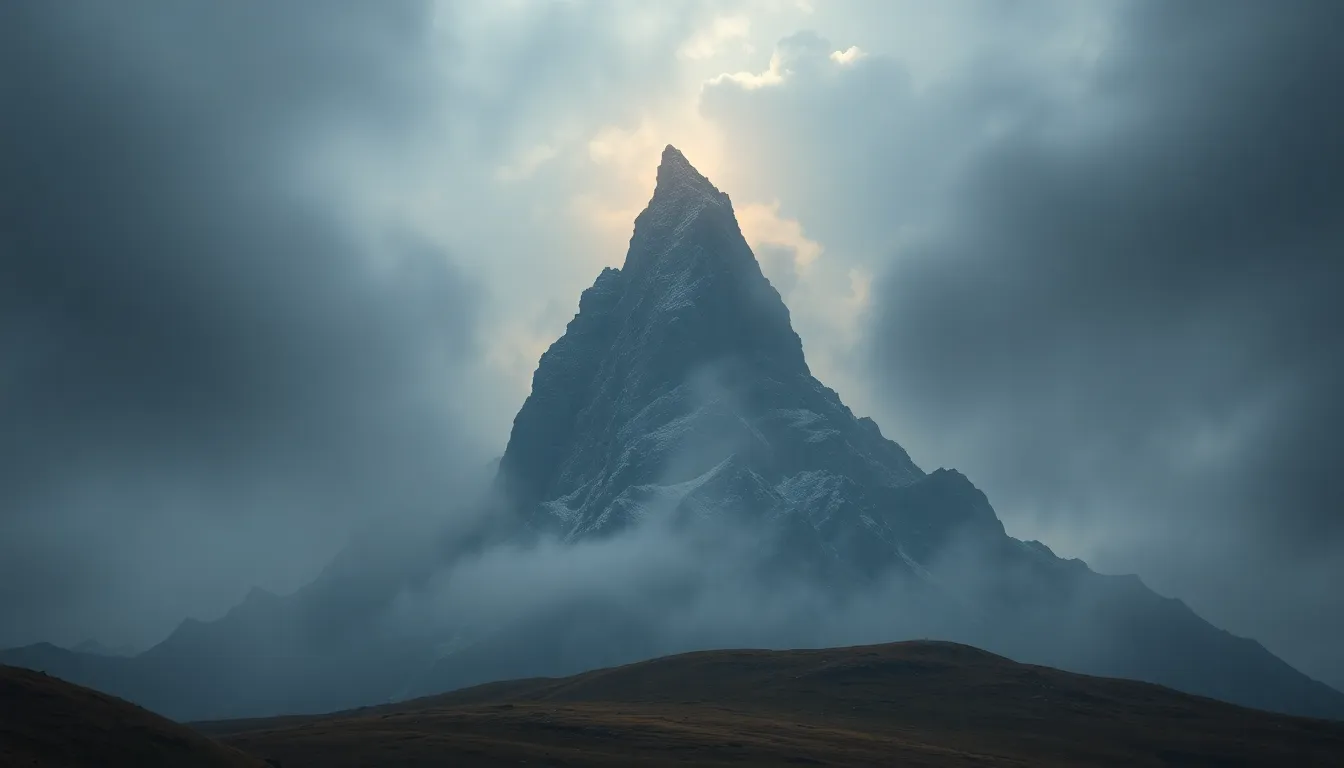The Journey of the Forgotten Legends: Myths of Lost Stories
I. Introduction to Forgotten Legends
In the tapestry of human culture, certain narratives fade into obscurity, becoming what we refer to as “forgotten legends.” These are stories once shared and cherished that have slipped through the cracks of time, often overshadowed by more dominant narratives. The significance of myths in shaping cultural identities and understanding the human experience cannot be overstated. This article aims to explore the essence, origins, and contemporary relevance of these lost stories, shedding light on their impact and the importance of preserving them for future generations.
II. The Role of Myths in Human History
Myths serve as essential tools for interpreting the world around us. Through allegory and symbolism, they provide insight into human nature and societal values. The psychological and social functions of myths are vast, as they:
- Offer explanations for natural phenomena
- Provide moral frameworks and lessons
- Enhance community bonds through shared narratives
Moreover, myths play a crucial role in shaping cultural identity, allowing communities to define themselves through their unique stories, traditions, and beliefs.
III. The Origins of Lost Stories
The historical context of forgotten legends is often tied to the evolution of oral traditions and their transition into written records. Several factors contribute to the loss of these narratives:
- Oral Traditions vs. Written Records: Oral traditions rely on memory and performance, making them susceptible to erosion over generations.
- Cultural Assimilation and Globalization: As cultures merge and evolve, some myths may be abandoned or altered significantly, leading to their eventual disappearance.
Additionally, the impact of colonialism has been profound, often resulting in the suppression of indigenous myths and stories, further contributing to their loss.
IV. Notable Forgotten Myths from Around the World
Across the globe, numerous forgotten myths await rediscovery. Notable examples include:
- The Tales of the Aboriginal Dreamtime: Rich narratives that explain the creation of the world and the interconnectedness of all beings.
- The Lost Civilizations of Mesoamerica: Stories from the Aztec and Maya that depict their gods, creation myths, and rituals, many of which have been lost to history.
- The Forgotten Epics of Ancient Africa: Local legends and oral histories that encapsulate the wisdom and traditions of various African cultures.
- The Lesser-Known Myths of the Arctic Peoples: Narratives that reflect the unique relationship between indigenous Arctic communities and their harsh environment.
V. The Process of Rediscovering Lost Legends
Efforts to rediscover lost legends involve a multifaceted approach:
- Archaeological Discoveries: Unearthing artifacts and sites that provide context for ancient stories.
- Modern Technology: Digital platforms and databases help in the preservation and dissemination of myths.
- Collaborative Efforts: Partnerships between cultures can facilitate the sharing and revitalization of forgotten stories.
VI. Challenges in Preserving Myths
The preservation of myths faces several challenges:
- Language Extinction: As languages die, so too do the stories embedded within them.
- Commercialization of Culture: The commodification of myths can dilute their original meanings and significance.
- Ethical Considerations: Sharing indigenous stories requires sensitivity to cultural ownership and the potential for exploitation.
VII. The Influence of Forgotten Legends on Contemporary Culture
Forgotten legends have a surprising influence on contemporary culture, evidenced by:
- Adaptations in Literature, Film, and Art: Many modern stories draw inspiration from ancient myths, reinterpreting them for new audiences.
- The Resurgence of Interest in Mythology: There is a growing fascination with ancient narratives, reflected in popular media.
- Inspiration for Modern Storytelling: These legends provide a rich source of material for contemporary creators, reminding us of our shared human experience.
VIII. Case Studies: Reviving Specific Forgotten Legends
Specific case studies illustrate the revival of forgotten legends:
- The Revival of the Muisca Raft: Colombian folklore has seen renewed interest, highlighting indigenous narratives.
- The Resurgence of the Arthurian Legends: Modern adaptations continue to explore the themes and characters from this rich mythos.
- The Impact of Local Storytelling Festivals: Events that celebrate and share regional myths foster community engagement and cultural pride.
IX. The Future of Myths and Legends
Looking ahead, the evolution of storytelling will likely be influenced by:
- Digital Media: Social media and online platforms may play a significant role in myth preservation and dissemination.
- Intergenerational Storytelling: Emphasizing the importance of passing down stories from one generation to the next will ensure their survival.
X. Conclusion: Embracing the Journey of Forgotten Legends
The ongoing significance of myths in our lives is a testament to their power and relevance. As custodians of cultural narratives, it is our responsibility to value and preserve our shared heritage. By embracing the journey of forgotten legends, we not only honor those who came before us but also enrich our understanding of the human experience for future generations.



